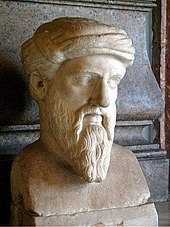Types of triangles
Types of triangles may be classified by their sides, by their angles or by a combination of both sides and angles.Triangles classified by their sides:
Scalene triangle: A scalene triangle is a triangle that has no equal sides. The following is a scalene triangle.

Isosceles triangle: An isosceles triangle is a triangle that has two equal sides. The following is an isosceles triangle.

Equilateral triangle: An equilateral triangle is a triangle that has three equal sides. The following is an equilateral triangle.

Triangles classify by their angles:
Right triangle: A right triangle has a 90 degrees angle.The following is a right triangle.

Obtuse triangle: An obtuse triangle has one angle that is bigger than 90 degrees (Obtuse angle). The following is an obtuse triangle.

Acute triangle: In an acute triangle, all angle are less than 90 degrees, so all angles are acute angles.The following is an acute triangle.

We can also name triangles using angles and sides at the same time.
If a triangle has one right angle and two equal sides, we can call that triangle right isosceles triangle.
If a triangle has only acute angles and no equal sides, we can call that triangle acute scalene triangle.
If a triangle has two equal sides and one obtuse angle, we can call that triangle obtuse isosceles triangle.
Notice that an angle cannot be obtuse and equilateral at the same time. An equilateral triangle cannot have an obtuse angle because all 3 angles in an equilateral triangle measure 60 degrees.

